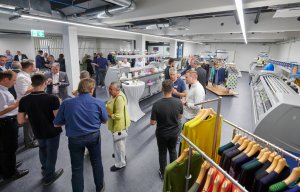
Stoll opens Reutlingen customer centre
SmartX has just made its final call for project applications, with companies having until February 15th to secure up to €60,000 in funding each.
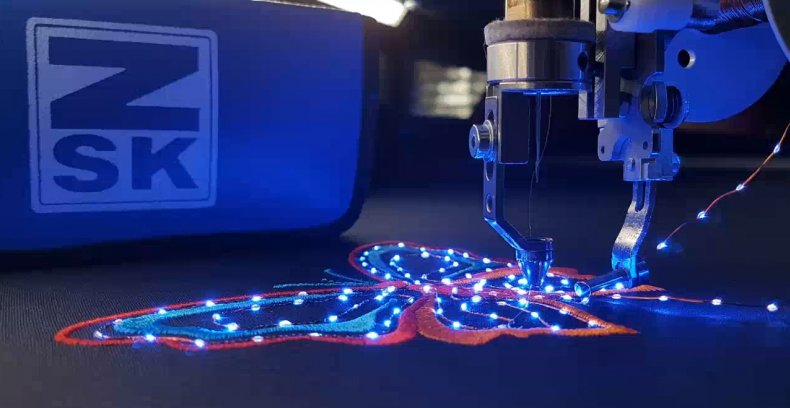
11th December 2020
Innovation in Textiles
|
Brussels, Belgium
At the latest virtual meeting of SmartX, the European Smart Textiles Accelerator, on October 9th, the versatility of flat knitting and the productivity of embroidery in the creation and commercialisation of new smart fabrics were emphasised.
SmartX has just made its final call for project applications, with companies having until February 15th to secure up to €60,000 in funding each.
This follows the successful second call, which opened in June 2020 and was met with a high level of interest from the textile and technology industries, despite the ongoing Covid-19 pandemic. The call resulted in 29 completed applications,19 of which were submitted by consortia. In total, 56 SMEs from 16 different EU and associated countries applied. Most proposals addressed wellness markets, while the rest focused on health and protection.
Backed by the European Union’s Horizon 2020 research and innovation scheme, the three-year SmartX Europe programme is supporting up to 40 smart textile projects with a total budget of €2.4 million and also providing a year of free coaching to help start-ups and small companies develop their technologies and establish the contacts they need.
“After selecting 20 projects worth over €1.5 million during our first two SmartX calls, we are now looking for our third and final cohort of trailblazer projects ready to conquer attractive market niches in the protection, sports, health and industrial end markets with disruptive smart textile solutions.” said Lutz Walter, secretary general of Textile ETP, a SmartX partner and the programme coordinator. The acceleration platform is driven by a consortium of 13 European partners from the textile and technology industries.
Stoll ADF
Alexander Behm, Stoll’s technical textiles product manager, explained how endless new smart fabric designs are possible on the company’s ADF flat knitting machine, via intarsia, plating and interlaying techniques for specifically integrating functional silver-coated polyamide or pure stainless steel or copper yarns to create flexible conductors for heating elements, sensors and actuators.
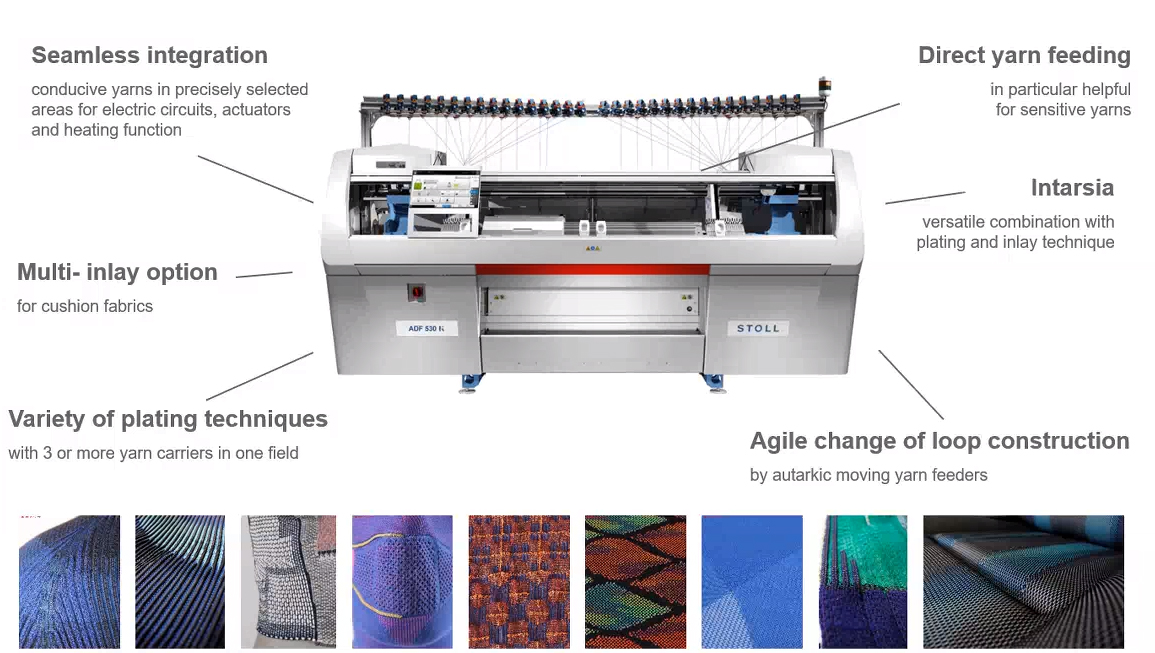
Many options have already been realised through Stoll’s partnership with Myant, and other commercial examples include the heated garments marketed by Germany’s WarmX.
A current medical application made with the Stoll system is a knitted gold mesh employed as an electrode within a device for the transfer of radio frequency (RF) energy in the treatment of menstrual pain.
Perhaps the most sophisticated product created to date on the Stoll system, however, is the glove created for Robert Bosch – Europe’s biggest supplier of automotive components, with 2019 sales of €77.7 billion.
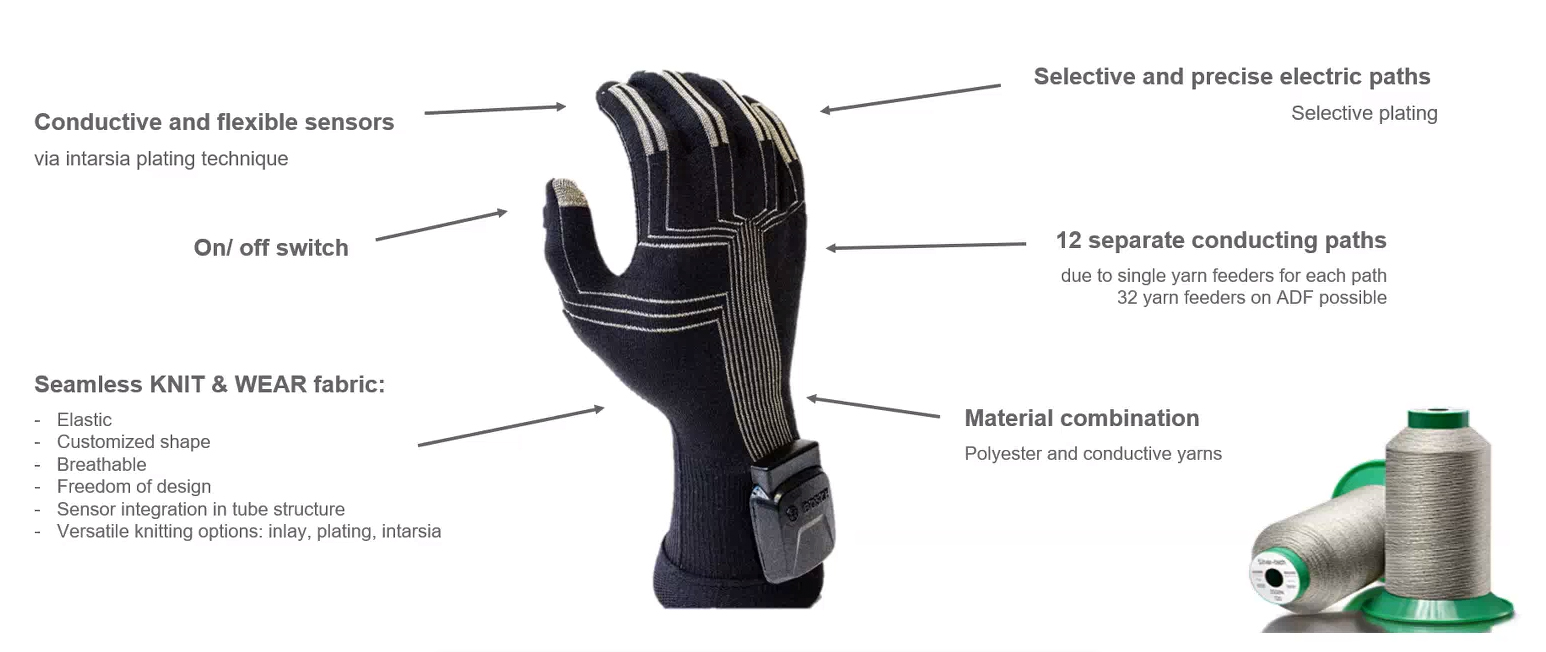
This seamless, 3D flat-knitted glove is made of yarn sensors which allow the wearer to sense and control applications in man-machine interactions.
An intarsia plating technique was employed to create the glove’s conductive and flexible sensors at the tip of each finger and a selective plating technique allowed the 12 electric paths, each based on single yarn feeders, to be precisely positioned.
“Sensors were integrated in a tubular structure and we employed elastic yarns to provide comfort to the glove’s customised shape,” Behm said. “The glove retains full breathability, despite its complex design.”
ZSK multi-heads
Melanie Hoerr, manager of technical embroidery for ZSK, based in Krefeld, Germany, explained that for the creation of smart fabrics, three of the company’s separate embroidery heads can be combined in a single machine:
- The F-Head, which is the most commonly used for decorative embroidery and has been employed to mass produce smart fabrics based on yarns containing LEDs and RFID chips linked to a PCB (printed circuit board), which is first fixed to the fabric substrate, followed by conductive paths being embroidered from it to the individual sensor areas.
- The K-Head for the realisation of tailored patterns with 3D shapes built in loops on top of the base fabric – so-called moss embroidery’ – to create very good conductive areas for reading biosignals via ‘dry’ sensors. Moss-embroidered textile sensors achieve much closer contact with the body in vital-signs measurement for clearer and more effective signals. “This makes it possible to feel the sensor without seeing it,” Hoerr said.
- The K-Head, for tailored wire placements as heating elements, electro-luminescence, RFID antennas in any shape. A video was shown of a series of 11 such heads inserting full heating elements into car seat pads at a rate of 2,000 per 24 hours operation.
ElectroSkin
Daniela, Zavec of the smart textiles consultancy Titeria, further outlined how one company she has worked with, Nanoleq in Switzerland, is making the creation of smart fabrics for biosensing and other applications highly accessible to new entrants to the field.
Nanoleq has developed key components that can be easily applied to garments via hot press lamination.
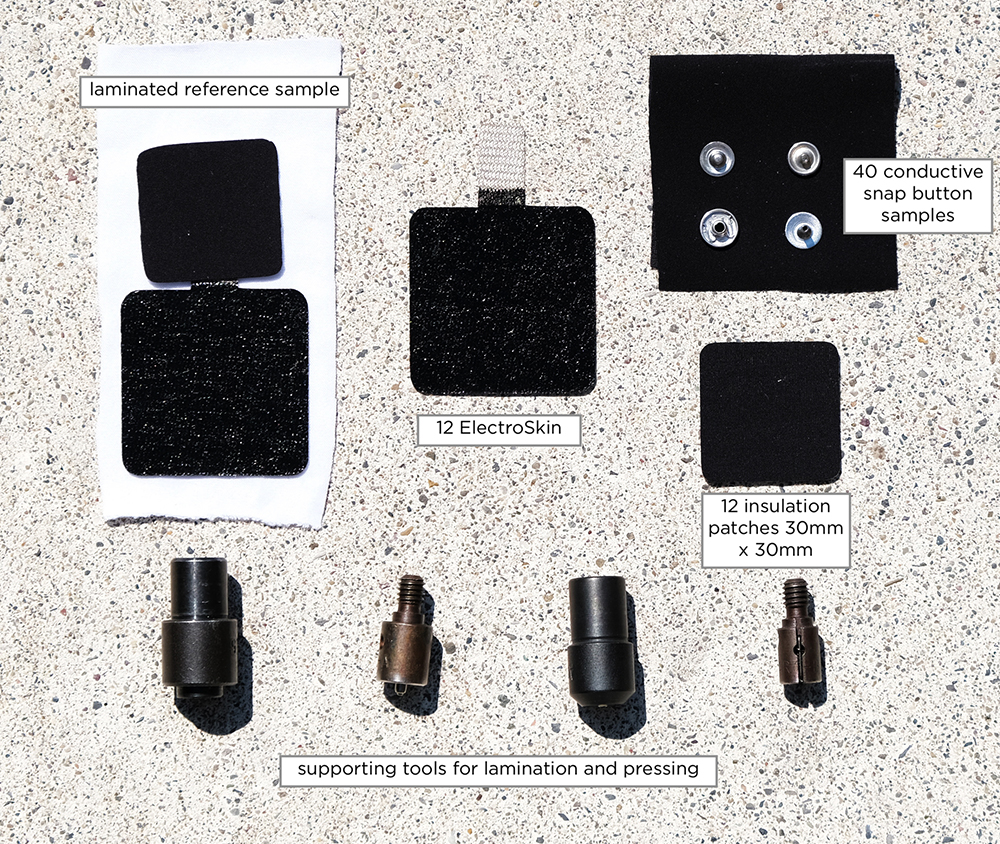
“Importantly, Nanoleq has developed not just the components but the complete testing protocol in terms of washability, stretch reststance, chemical resistance and other performance attributes, to ensure the robstness of new products based on these components,” Zavec said.
Nanoleq claims its ElectroSkin electrodes are light, thin and their skin impedance is even better than standard medical gel electrodes, without wetting and even after repeated washing.
A starter kit consisting of 12 of the ElectroSkin electrodes, insulation patches for connections, conductive snap buttons and supporting tools, a laminated reference sample and SOP documentation is currently available from the company priced at €880, including 90 minutes of telephone support for laminating and connecting issues.
Could creating new smart fabrics be any easier?
That final call for SmartX project applications is open until 15 February.

Business intelligence for the fibre, textiles and apparel industries: technologies, innovations, markets, investments, trade policy, sourcing, strategy...
Find out more